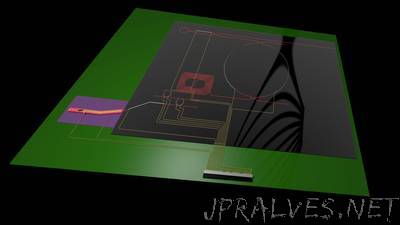
“Working in collaboration with the Lionix company, researchers from the University of Twente’s MESA+ research institute have developed the world’s most narrowband diode laser on a chip. This laser represents a breakthrough in the fast-growing field of photonics, and will bring applications like 5G internet and accurate GPS closer. Research leader Professor Klaus Boller presented the research results during a prestigious scientific conference in Munich. We are slowly reaching the bounds of what is possible with electronics. That is why scientists and the private sector are committed to photonics – a key technology that makes numerous other innovations possible. This involves the deployment of photons (light particles) for transporting and processing data. For photonic chips to function as efficiently as possible, one has to be able to properly control the light signals. This means that all the light particles being transmitted must have, as closely as possible, the same frequency - that is, the same colour. The University of Twente researchers have managed to develop a minuscule laser on a chip with a maximum bandwidth (the maximum uncertainty of frequency) of just 290 Hertz. By some distance, this is the most accurate laser on a chip that has ever been created. Boller: “Our signal is more than ten times more coherent – or clean – than any other laser on a chip.” The newly-developed laser is tunable, which means that users can choose the colour of the laser themselves, within a broad range. The device is a hybrid laser, which means that it essentially consists of two different photonic chips, optically connected to each other.”
